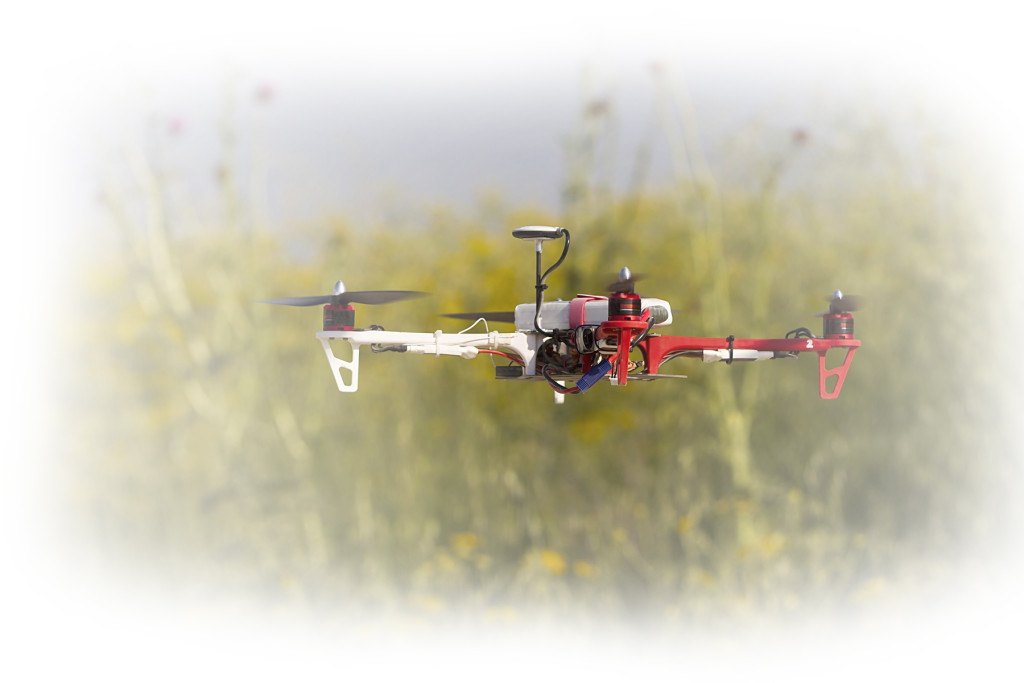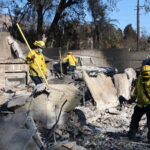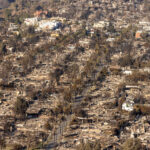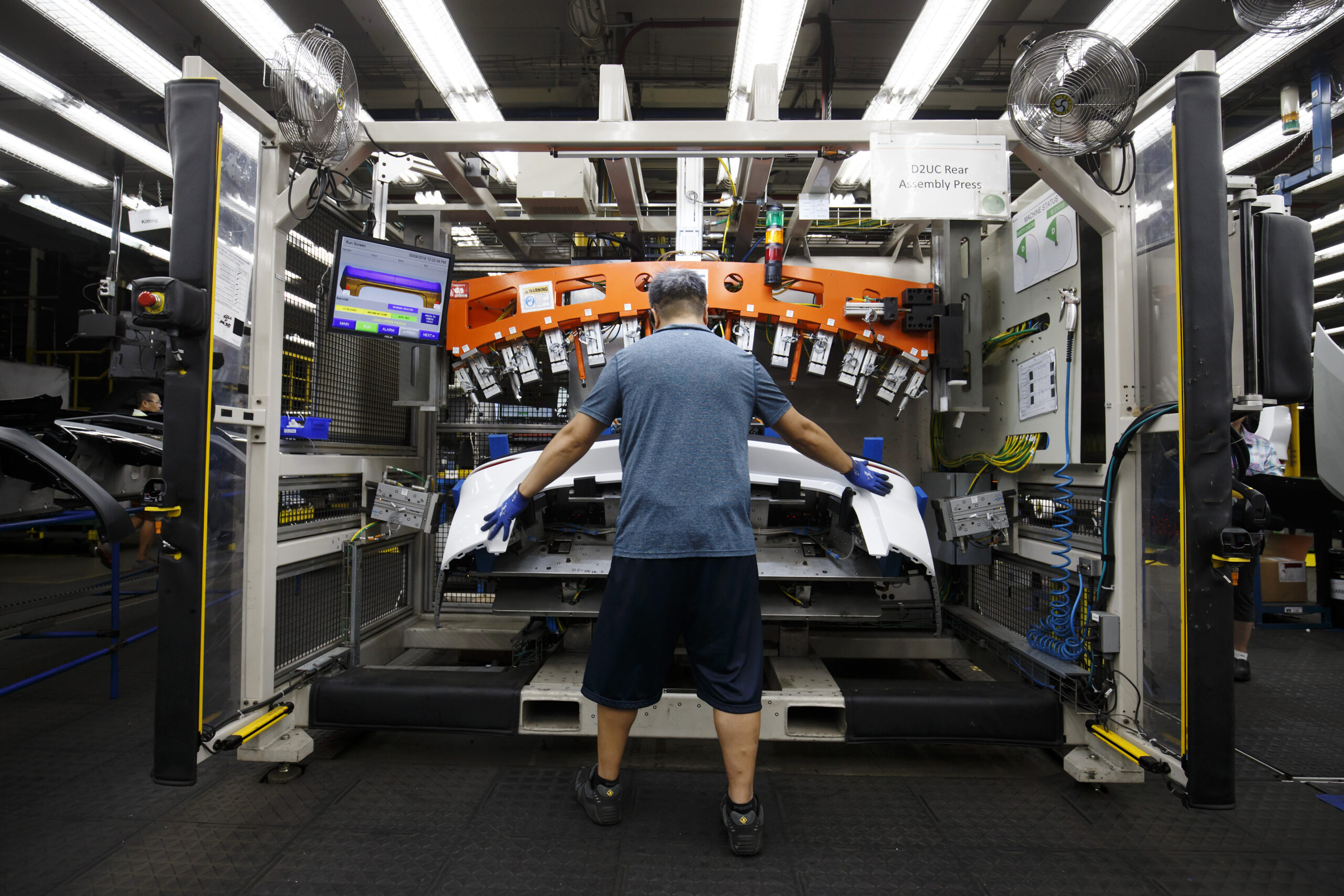A significant increase in close encounters between passenger aircraft and drones is prompting demands from U.S. lawmakers for tighter regulation and enforcement to avoid a fatal collision.
Pilots on four airliners spotted an unmanned craft on Sunday as they approached Newark Liberty International Airport, the Federal Aviation Administration said in an e-mailed statement. The FAA in recent weeks received dozens of reports about drones too close to aircraft fighting California wildfires and near-collisions over airports in New York, Minneapolis and Austin, Texas.
“Without common sense rules, I believe it’s only a matter of time before there’s a tragic accident,” Senator Dianne Feinstein, a California Democrat, said last week in an e-mailed statement.
Feinstein and other lawmakers are demanding that regulators revise existing law to plug a loophole sparing recreational drones from the regulations. They are also are seeking the use of software that would prevent drones from flying in prohibited areas.
The near-collisions cast a cloud over a voluntary education campaign run by the drone industry and the FAA, and may undermine efforts to create a low-altitude air-traffic system that would enable commerce, such as the delivery services planned by Amazon.com Inc. and Google Inc. Company officials have said the only way such a system can work efficiently is if participants follow rules.
Unsafe, Illegal
“The FAA recently has seen a significant increase in pilot reports of unmanned aircraft near airports,” the agency said in the statement, without giving a total. “It is unsafe and illegal to fly an unmanned aircraft anywhere near a manned aircraft, and may result in fines of up to $25,000 and criminal charges.”
Even lightweight drones sold in hobby stores, such as the SZ DJI Technology Co. Phantom, can endanger aircraft engines and structure as much as a small bird, according to the FAA.
The agency now gets several reports a day of drones flying too close to planes and helicopters, FAA spokeswoman Laura Brown said in an interview. That’s more than double the rate in the most recent FAA report, showing an average of 41 drone incidents a month in September and October.
The FAA says hobby drones shouldn’t fly higher than 400 feet (122 meters) or travel within 5 miles (8 kilometers) of an airport.
Close Loophole
In the four cases near Newark, a drone was spotted at 2,000 feet to 3,000 feet high as planes approached from the southwest en route to landing, according to the FAA.
Feinstein said the law needs to overcome a 2012 exemption that blocked regulation of drones flown for recreational purposes and weighing less than 55 pounds. That attempt to protect long-time model aircraft operators has led to a lawless and confusing atmosphere, Feinstein said.
“Consumers need clear rules on when, where and under what conditions they can operate, and manufacturers must be required to install basic technological safeguards,” she said.
Feinstein said the law should include clearer limits on the altitudes flown by drones and set a ban in urban areas, according to a statement June 18 when she introduced her bill. Global-positioning technology on some consumer drones should also automatically be programmed to prevent them from flying in banned areas, according to her legislation.
After the wildfire incidents, 20 members of Congress from California wrote to the FAA also asking it to require technology on drones that limits where they can fly.
On Aug. 4, the AFL-CIO’s Transportation Trades Department, an umbrella group for transportation unions, urged the FAA to slow commercial drone application approvals until it could develop “enforceable safety rules.”
The FAA is drafting separate regulations for small commercial drones. While it finalizes the rule, it has approved more than 1,000 applications to fly drones for business under a waiver program.
Was this article valuable?
Here are more articles you may enjoy.


 New Fire Maps Put Nearly 4M Californians in Hazardous Zones
New Fire Maps Put Nearly 4M Californians in Hazardous Zones  Catastrophe Experts Tap AI to Tackle Soaring Insured Losses
Catastrophe Experts Tap AI to Tackle Soaring Insured Losses  Auto Insurer Fined for Data Breach That Impacted 45K New Yorkers
Auto Insurer Fined for Data Breach That Impacted 45K New Yorkers  Carney Pledges Billions for Canada Auto Sector in Trade War
Carney Pledges Billions for Canada Auto Sector in Trade War 